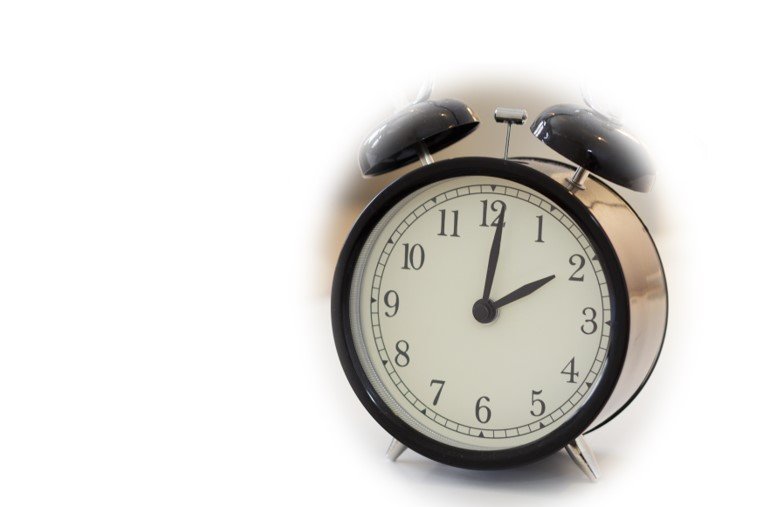It’s time again to spring forward
With our lives perhaps busier than ever, it’s easy to forget to set clocks ahead one hour this Sunday, March 12. Technically, the time change arrives at 2 a.m., which instantly becomes 3 a.m., but most people simply move their clocks ahead at bedtime.
But if Congress passes legislation introduced by Sen. Marco Rubio, this semiannual practice may come to an end with Daylight Savings Time becoming permanent. For anyone who has missed a meeting, dealt with cranky children or arrived at church late on the second Sunday of March, this will be welcome news.
In March 2022, the Senate unanimously passed Rubio’s “Sunshine Protection Act,” but former Speaker Nancy Pelosi never brought the legislation up for a vote in the House. On March 2 of this year, Rubio re-introduced the bill. U.S. Rep. Vern Buchanan (R-Fla.) introduced companion legislation in the House.
If it passes and is signed by the president, falling back and springing ahead will be reduced to a curious anecdote for tomorrow’s seniors to recount for their grandchildren.
In introducing his legislation, Rubio didn’t hold back what he thought of the current practice.
“This ritual of changing time twice a year is stupid,” he said in a media statement. “Locking the clock has overwhelming bipartisan and popular support. This Congress, I hope that we can finally get this done.”
In support of the legislation, Rubio’s office issued a sheet of claims largely based on studies showing that making Daylight Savings Time permanent would reduce the number of car crashes; risks for cardiac issues, stroke and seasonal depression; robberies; childhood obesity; and energy use. It also claims the legislation would benefit the economy.
Whatever the veracity of these claims, one suspects that most people would simply be glad they’d no longer have to remember when to set their clocks back or forward.
Rubio’s bill would make no changes to the time zones or mandate those states and territories that don’t observe Daylight Savings Time now do so.
Because most of us have grown up with the seasonal change, it’s easy to forget that it wasn’t always the case.
The United States adopted Daylight Savings Time in 1918 with the idea that it would conserve fuel during the war. During World War II, the nation adopted “War Time,” essentially year-round Daylight Savings Time. But after the war, it was left up to individual states and municipalities whether or not to observe it.
In 1966, the federal government passed the Uniform Time Act that mandated Daylight Savings Time to be implemented from the last Sunday of April until the last Sunday of October. Over the years, the start and end dates shifted about with the term of Daylight Savings Time expanding or reducing and even briefly being observed year-round.
In 2005, Congress set the term of Daylight Savings Time from the second Sunday in March until the first Sunday in November.
However Congress responds to Rubio’s legislation or whether President Joe Biden signs it, we’ll all have to make the change at least one more time.
So, don’t forget to set those clocks ahead this weekend.







